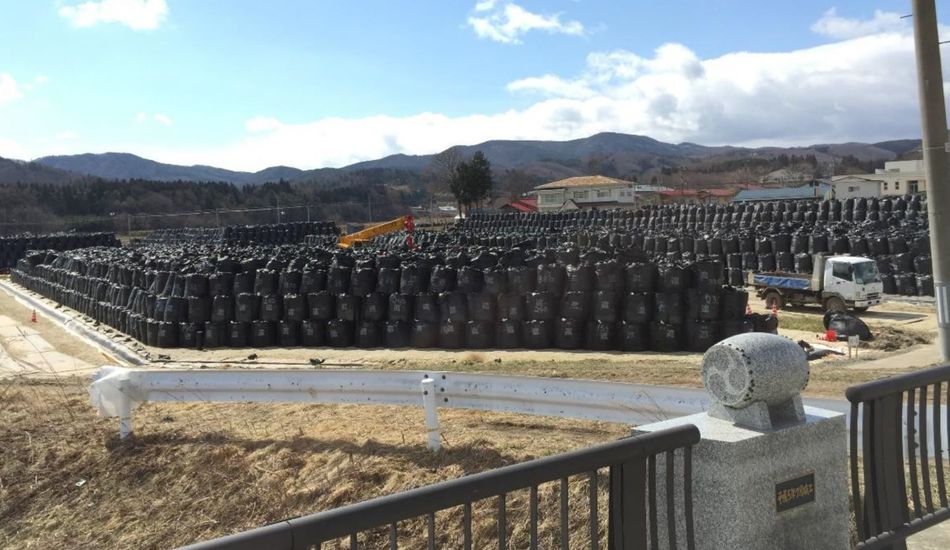
Fukushima Soil Repurposing Plan
Following the 2011 Fukushima Daiichi nuclear disaster, Japan faces the monumental task of managing millions of cubic meters of slightly radioactive soil. Years of decontamination efforts have left the country with a significant challenge: what to do with this material? Initial plans to utilize it in Tokyo's public parks faced significant public opposition, prompting a shift in strategy.
A Symbolic Gesture?
To address public concerns and demonstrate the soil's purported safety, the Japanese government has announced a plan to use some of the soil in flowerbeds at the Prime Minister's office. This symbolic gesture aims to build public trust, showcasing firsthand the purported harmlessness of the treated material. The government maintains that this soil meets safety standards, citing the International Atomic Energy Agency's (IAEA) approval for the recycling of a significant portion of the contaminated soil in various infrastructure projects.
This decision follows the IAEA's 2024 approval of plans to recycle about 75% of the soil, contingent on demonstrating its safety. Proposed uses include railway construction, roads, and even agricultural land. While the IAEA expresses confidence in Japan's approach, the plan's implementation will undoubtedly be closely scrutinized given previous public resistance.
The move comes after the controversial decision to release treated radioactive water into the Pacific Ocean. Similarly, government officials previously consumed Fukushima seafood to bolster public confidence. Whether this latest demonstration will sufficiently alleviate concerns remains to be seen, highlighting the ongoing challenges in navigating public perception surrounding nuclear accidents.
Source: Gizmodo